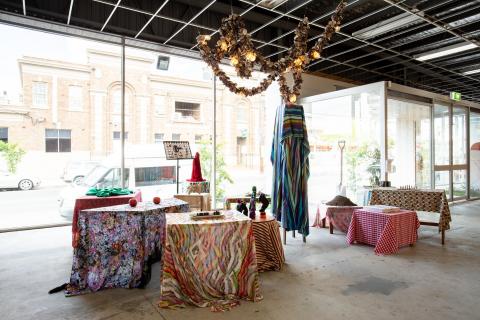#internetslaves or a small report from Berlin
At Christmas my brother noted the tape that covers my laptop webcam, and without hesitation I said ‘well… I’m not an internet slave’. What was a reference to the 2013 scandal that uncovered the sale for $1 for access to hacked woman’s webcams, and the man who called the women he surveilled boring ‘slaves’, sparked an outburst of laughter in the family, but left a bitter grin on our faces as we all pondered on what the meaning of this expression represents for each of us as we spend so much time on the internet.
The ins and outs of the network have been the central subject of inquiry of transmediale, the Berlin-based festival and year-round program that seeks to draw new connections between art, culture and technology. With the title End to End, this year’s program focuses on the persistence of networks to explore what other models there might be. The premise is that biases and limitations of the internet and new technologies have never been clearer, therefore we have an opportunity to critically reflect on their confining ends and restrictions—particularly as de-colonial and feminist perspectives have gained some weight in this discussion. As such, in considering this transmediale it is interesting to bring in parallel previous iterations of the festival (under the direction of Kristoffer Gansing since 2012), as a lens for considering the evolution of discourse in this field. Treating the internet as an echo chamber the 2016 festival Conversation Piece is a good parallel edition to consider as it sought to embody concerns that are carried through in End to End. (1)
Whilst in previous editions the exhibition component of the festival at Haus der Kulturen der Welt (HKW) wasn’t as strong as the symposium program, this year’s iteration marks an exception for its approach and execution. The exhibition critically engages with the evolution of our relationship with technology from a contemporary art perspective through a cross-historical approach. The title The Eternal Network references Fluxus artist Robert Fillou, who called his mail art practice his ‘eternal network’ of friends. At the entrance of the exhibition we are presented with a reference system of terms, quotes and images in vinyl lettering on the self-standing walls in the long, dark and open gallery space. These are re-interpreted by artists who were commissioned to offer ‘revisions’ of archival materials on net cultures from the 90s. Such ‘revisions’ are disseminated throughout the space. What sounds like a dry and technical approach is in fact playfully enacted in the exhibition design with the presence of work-like stations installed in the temporary exhibition walls that present the artworks. This system offers entry points for the audience that enrich the reading of the rest of the works in the exhibition. In bringing the past into conversation with the present, this device performs the role of ‘exhibitions’ itself, bridging pre- and post-internet cultures.
Jasmine Guffond is a Berlin-based Australian artist who contributed to my interest in critical approaches to technology and internet surveillance during a workshop she conducted as part of her 2015 work Anywhere All the Time, A Permanent Soundtrack to Your Life and brought attention to internet slaves then. (2) This year Guffond performed as part of the opening weekend of CTM—transmediale’s simultaneous twin-sister festival of contemporary sound and music. This is a small segway to mention that the link between festivals intensifies critical approaches through sound, performance, exhibition making and discussion. This festival pairing brings strengths for presenting the work of artists who work across artistic mediums and formats, and traditionally explodes during a co-presented night of performance at the club Berghain.
One of the artists who presented a performance that night was Johanna Bruckner whose two channel immersive video installation Molecular Sex is presented in The Eternal Network. The performance embodied the choreographed elements in her video work (which are reminiscent of both music videos and contemporary dance) layered with short excerpts of found footage and 3D renderings of a three-legged dancing creature, with meditative watery sounds and an occasional chorus. Bruckner’s was one of a series of works dispersed throughout HKW in smaller spaces. Two large standing projection screens occupied the room, disposed like an open book that immersed the viewer in both sound and image. Tension between dancers on one screen was paralleled with content on the second screen that fluctuated between snippets of feminists reading a manifesto, excerpts from a sex doll documentary and other footage. Speaking with the artist about her work—which deals with the entanglement of molecular biology, the development of nanotechnologies and the shaping of our own desires—the notion of agency became central to our conversation. How can we redistribute relations and influence patterns in the making of technology to embody non-normative and non-binary perspectives? For me the subtle layering in Bruckner’s video as well as her approach to identity politics and performance on screen provided an openness and sensitivity that performed a strong queering of the idealised vision of our technofuture. The video was accompanied by a scrolling text on a small side screen, a posthuman manifesto for interspecies sexuality from sexbots and every mutating techno-organisms with simultaneous co-habiting genres. Only then society would shift from binary sex to ‘quantum-sex’.
Many of the questions posed in Bruckner’s work also relate to ideas of networks and ecologies of trust and of care that were echoed in other works in the exhibition and later discussed in the symposium program that go beyond the scope of this review. There was a general consensus during the closing panel of the transmediale symposium that discussions had not reached any conclusions. This is telling of the amount of work there is to be done if we want to bring change to the development of society in relation to the limitations of new media technologies. This was clear at the end of the panel, in relation to an audience question reflecting on post-colonial and feminist perspectives as a shift in the field, asking about what strategies we could put in place to generate change beyond the surface. This is the kind of structural change that is needed—as intersectional feminist Nina Lykke once said in relation to her power as a Caucasian academic, sometimes one has to think about what we can give up and how we can make space. (3)
As such, both transmediale and CTM festivals offer an intensive moment and a point of connection for global conversations that are echoed in other exhibitions locally, remaining a reference for curatorial exploration and artistic inquiry.
(1) 2-7 February, Haus der Kulturen der Welt, Berlin. Note that full video documentation of previous editions are accessible on the festival’s archive website.
(2) Presented by Liquid Architecture at The Channel at Art Centre, Melbourne. For more information visit https://liquidarchitecture.org.au/events/anywhere-all-the-time
More recently in 2018 Jasmine Guffond also presented The web never forgets at the Ian Potter Museum of Art, documentation is available here: https://liquidarchitecture.org.au/events/jasmine-guffond-the-web-never-forgets-ii
(3) Panel discussion ‘Don’t tell me to smile: Blak Feminism and Intersectionality’ at the Australian Centre of Contemporary Art, 7 March 2018. Recording accessible on the ACCA podcast: https://soundcloud.com/acca_melbourne/dont-tell-me-to-smile-blak-feminism-and-intersectionality

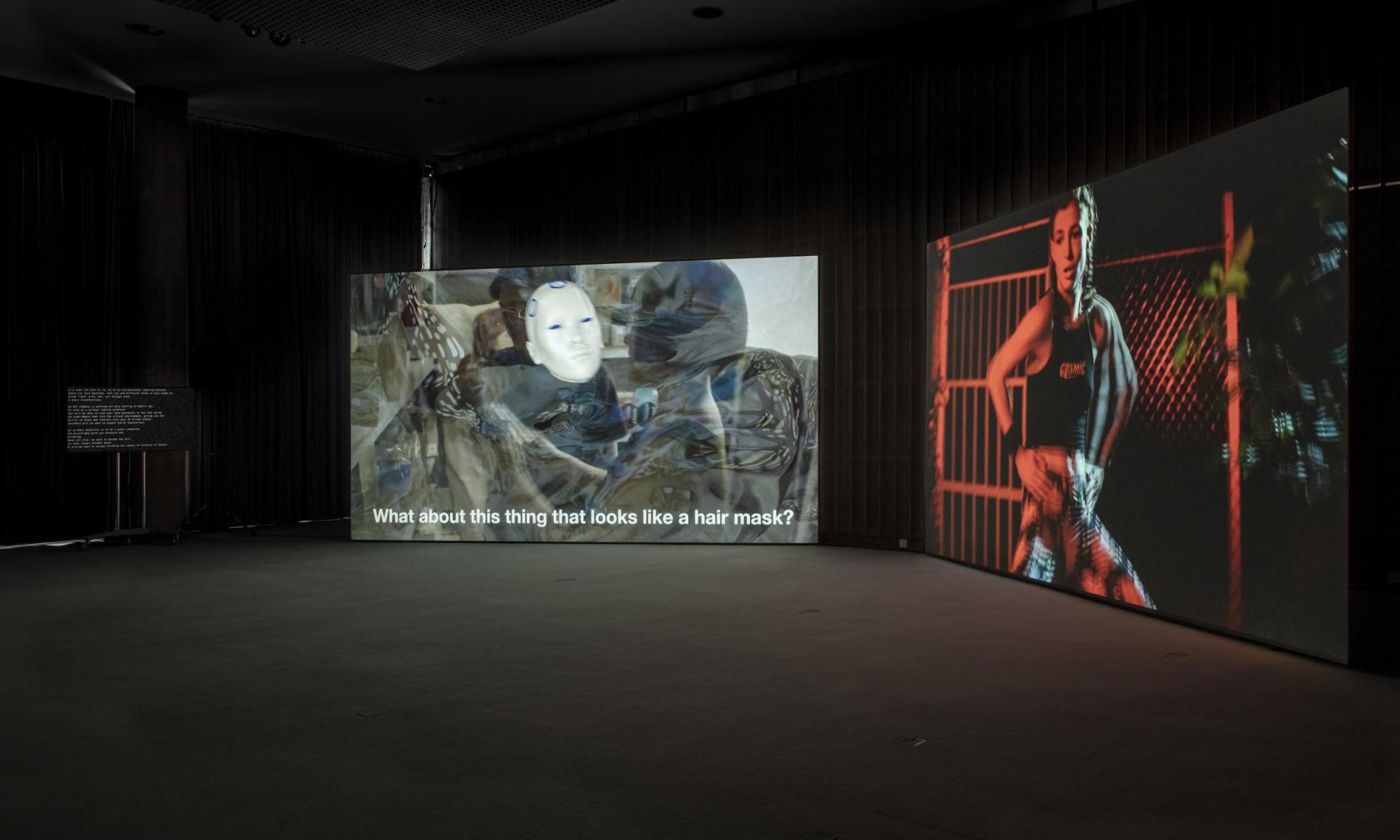
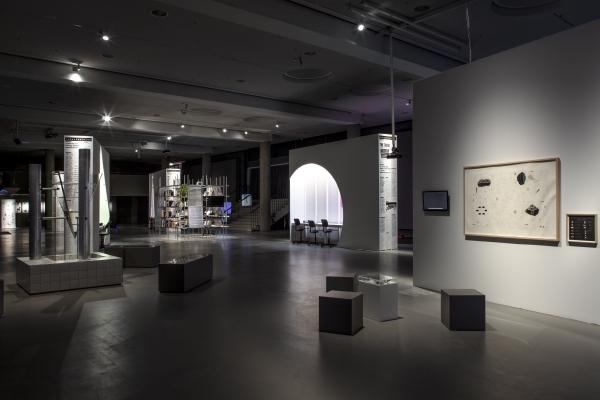
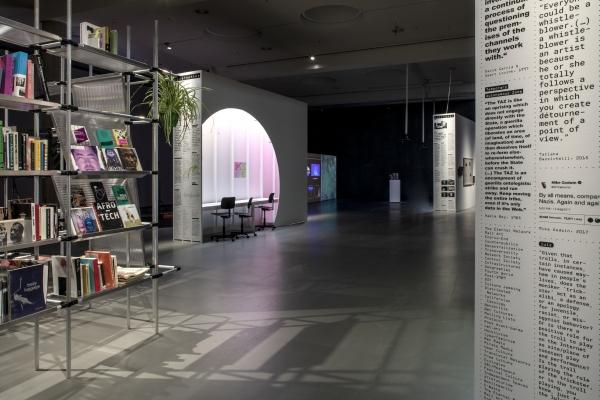
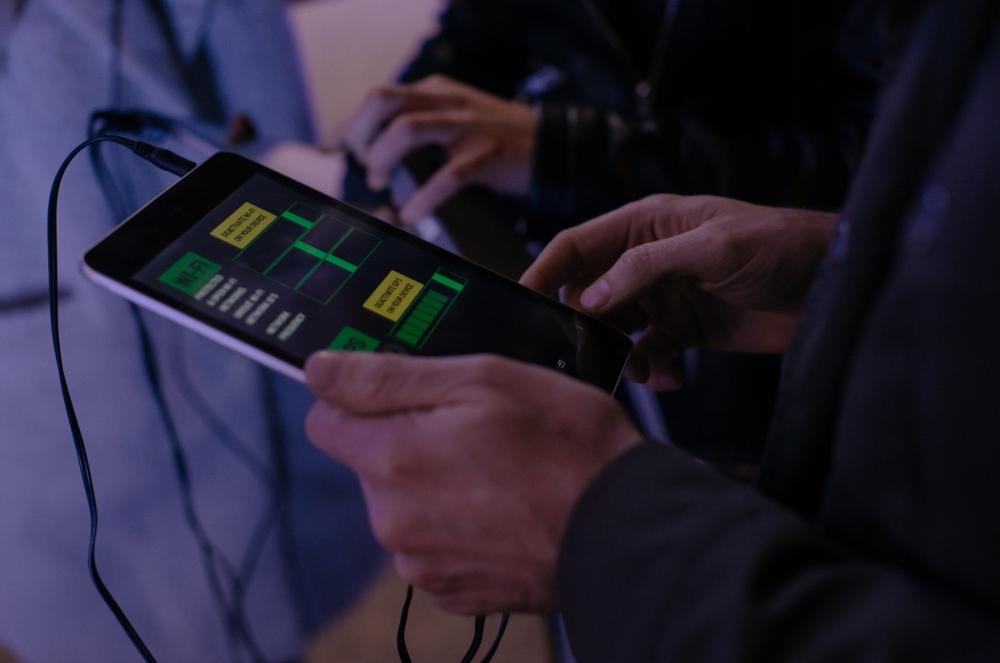
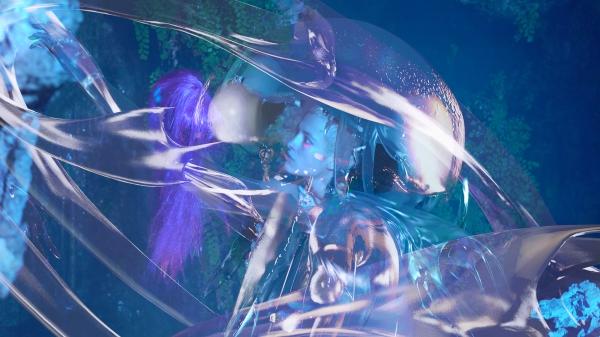
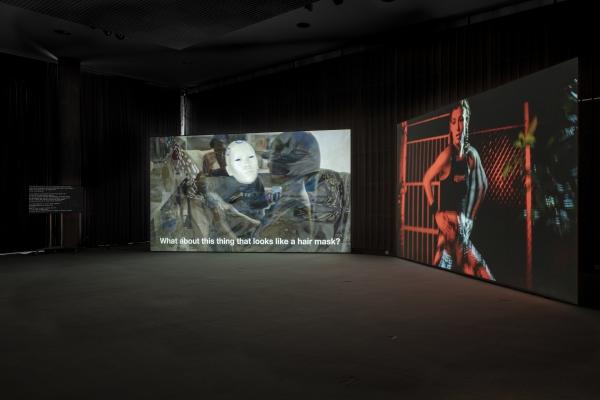
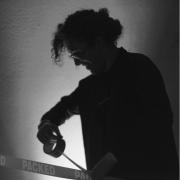
,%20opera-performance,%20Biennale%20Arte%202019,%20Venice%20%C2%A9%20Andrej%20Vasilenkoheader_1-itok=YKJHGwex.jpg)
